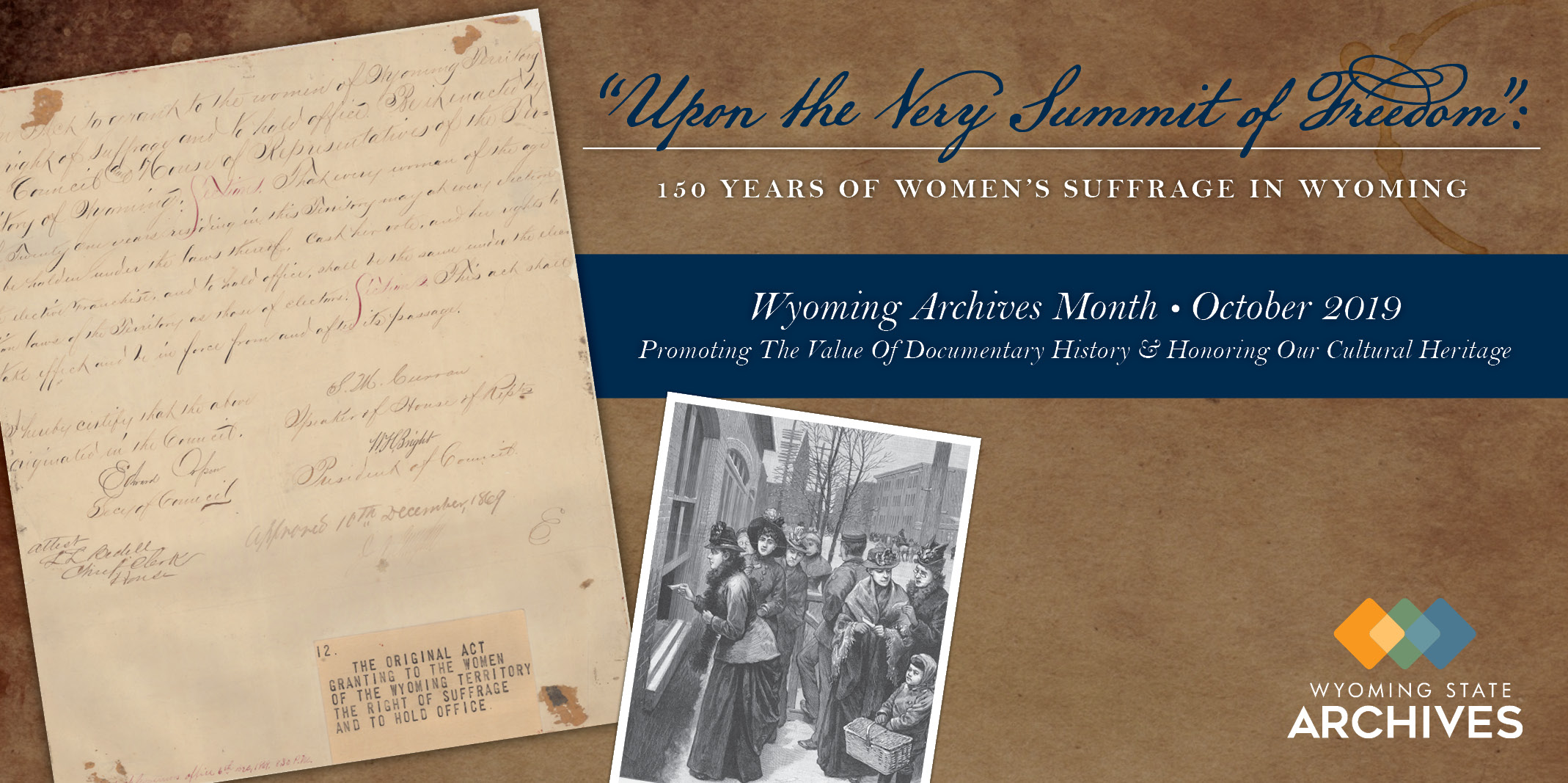
We are happy to be joining our colleagues around the country to celebrate another Electronic Records Day!
What is a born digital record?
Simply put, something is “born digital” if it was created on a computer, not as a physical format. It could be printed out, but most likely it will never exist as a hard copy. Born digital content is different from content that has been digitized. Examples of born digital content include word processing documents, spreadsheets, emails, and original images produced with digital cameras.
Why are we discussing born digital content?
Born digital content is the future of records management and the future of archives as well. According to research done by the New York State Archives 90% of today’s records are created electronically (born digital) and 70% of paper records were also created electronically and printed out.
With this in mind, archivists and records managers across must make plans to address these record formats, including word processing documents, spreadsheets, PDFs, databases, scanned images, email and attachments, presentations, photos, websites, social media, audio recordings, videos, electronic publications, Geographic Information System (GIS), Computer Aided Design (CAD) and more.
How do records managers and archivists preserve these born digital records created by these varying media systems?
The same way we preserve paper documents: with care and knowledge of the medium. One of the challenges found in preserving born digital records is how quickly new technologies are born — and die. These born digital records must be monitored. Documents may need to be migrated to new equipment and/or file formats, or they risk becoming inaccessible, unreadable, or obsolete and lost to the world.
Other challenges archivists and records managers are facing in the struggle to preserve born digital records.
 Storage — It may take up less physical space, but digital space is not free! It costs money to store such vast quantities of data on servers, just as it costs money to store paper records now.
Storage — It may take up less physical space, but digital space is not free! It costs money to store such vast quantities of data on servers, just as it costs money to store paper records now.
Continuous Changes — Some applications require constant updating and changing, like websites, social media and GIS. How then do we keep up with media that are almost always in flux? The Wyoming State Archives (WSA) does have a strategy for capturing state websites.
The WSA is partnering with the Internet Archive’s Archive-It Program to selectively capture, preserve, and make accessible websites created by Wyoming’s state agencies and officials. The Archive-It Program allows the capture of relevant web content and ensures its long-term access through the Internet Archive’s website. The Archive-It Program selectively crawls either web domains or individual web pages, taking a snapshot of the page, and storing a copy in the Internet Archive. The web page is then made publicly accessible on the Archive-It partner page. The web content collected reflects the administrative functions of Wyoming state government.
Bit Rot — Digital data is susceptible to loss, called “bit rot”. Much like the deterioration of paper or photographs, this loss degrades the quality of files and images, sometimes to the point that they are no longer readable.
How does the WSA manage born digital records?
Our archivists work with state agencies and county governments to help them maintain and preserve records, both paper and born digital. The born digital records include state websites, word processing documents, spreadsheets, presentations, reports and a plethora of other documentation. These documents and more can be found within the Wyoming State Digital Archives. The State’s emails and attachments are maintained by ETS (Enterprise Technology Service) the State’s IT department, not by the WSA.
The process to incorporate born digital records for state agencies is simple. As long as the various state agencies follow their records retention schedules then they will know when to either pass the records onto the WSA or to get rid of the records. Agencies can also transfer inactive records to the Digital Archives first and then our records managers delete them when their retention period is up. Born digital records also come to us in all forms: floppy discs, CDs, via email, on servers, hard drives, USB drives, etc. When sending in born digital records our preferred formats are:
- Image: jpeg, jpeg-2000, tiff
- Text: txt, html, xml, PDF/A, Open Office XML
- Audio: afif, wav
- Video: mp4, avi
- Databases: xml or convert to csv
Governor Gordon’s Office and Digital Records
Governor Mark Gordon’s office understands the challenges of born digital records. The Office of the Governor has reached out to the WSA for tips on how to manage and preserve the records being created every day in the course of the Governor’s work for Wyoming. Soon, the Governor’s staff may begin uploading digital files into the Wyoming Digital Archives for preservation – right from their own computers to the WSA.
Looking to the Future
Born digital records are the future of records and archives. This means records managers and archivists must plan and act now to ensure these records are properly cared for and accessible to future generations.
The Federal Government has mandated that the National Archives and Records Administration (NARA) cease accepting paper records from the various Federal Agencies after December 31, 2022. While the State of Wyoming has not officially made this leap, that day will come. And the work we and other stakeholders do today will ensure that the Wyoming State Archives will be ready when it does.
Additional Resources
- Why You Need More Than Backups to Preserve Records, From the Council of State Archivists
- Electronic Records Day, Council of State Archivists (CoSA)



